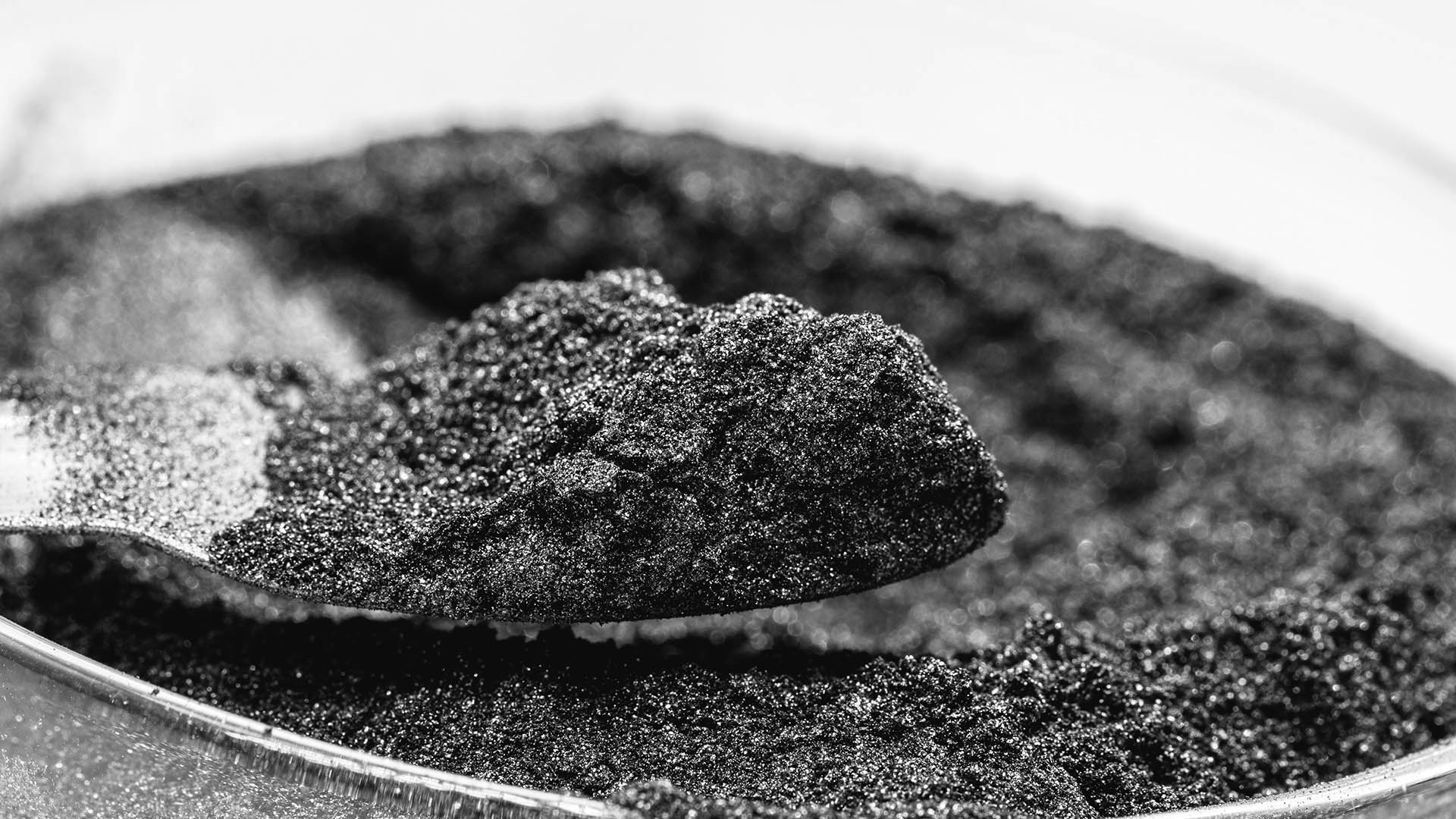Japan has finally ended a decade or more of a monetary policy experiment that eventually broke the country’s long bout of debilitating deflation and returned price pressures across the economy.
The Bank of Japan took a cautious first step in late March, ending negative rates and moving to a benchmark rate of 0.1%. This modestly tightened its extremely lax monetary policy stance.
Japan had maintained a negative interest rate policy since 2016 (after the European Central Bank adopted a negative rate policy in 2014 in the wake of the Greece-inspired financial and currency crises).
Since the March decision, there has been a monthly countdown (or so it seems) to the day when the bank would lift rates for the first time in years and tighten its bond buying activities, which would slowly tighten monetary conditions.
On Wednesday, in a much-anticipated decision, the Bank raised its benchmark interest rate to “around 0.25%” from its previous range of 0% to 0.1% and outlined its plan to taper its bond buying program.
The yen and the Tokyo stock market hardly moved in reaction in the first hour after the announcement at 2 p.m., Sydney time.
However, the bank only went so far, stating that it expects the country’s real interest rates to remain “significantly negative” and that “accommodative financial conditions will continue to firmly support economic activity.”
The central bank forecasts that the core inflation rate—which strips out prices of fresh food—will reach 2.5% by the end of the 2024 fiscal year (i.e., March 2025) and “around 2%” for the 2025 and 2026 fiscal years.
The BOJ said it will continue to raise the policy interest rate and adjust the degree of monetary accommodation, assuming its economic outlook is realized. This is akin to acting like a ‘normal’ central bank, except there won’t be the same link between rates and inflation that exists in Western economies.
The Bank of Japan said it will reduce the monthly outright purchases of Japanese government bonds to about 3 trillion yen ($US19.64 billion) per month in the January to March 2026 quarter. As of its March release, the bank said that purchases of JGBs amounted to double that figure—around 6 trillion yen per month.
The amount is now planned to be cut by around 400 billion yen per quarter, the BOJ added, which will cut the bank’s holding of government bonds by a modest seven to eight percent.














